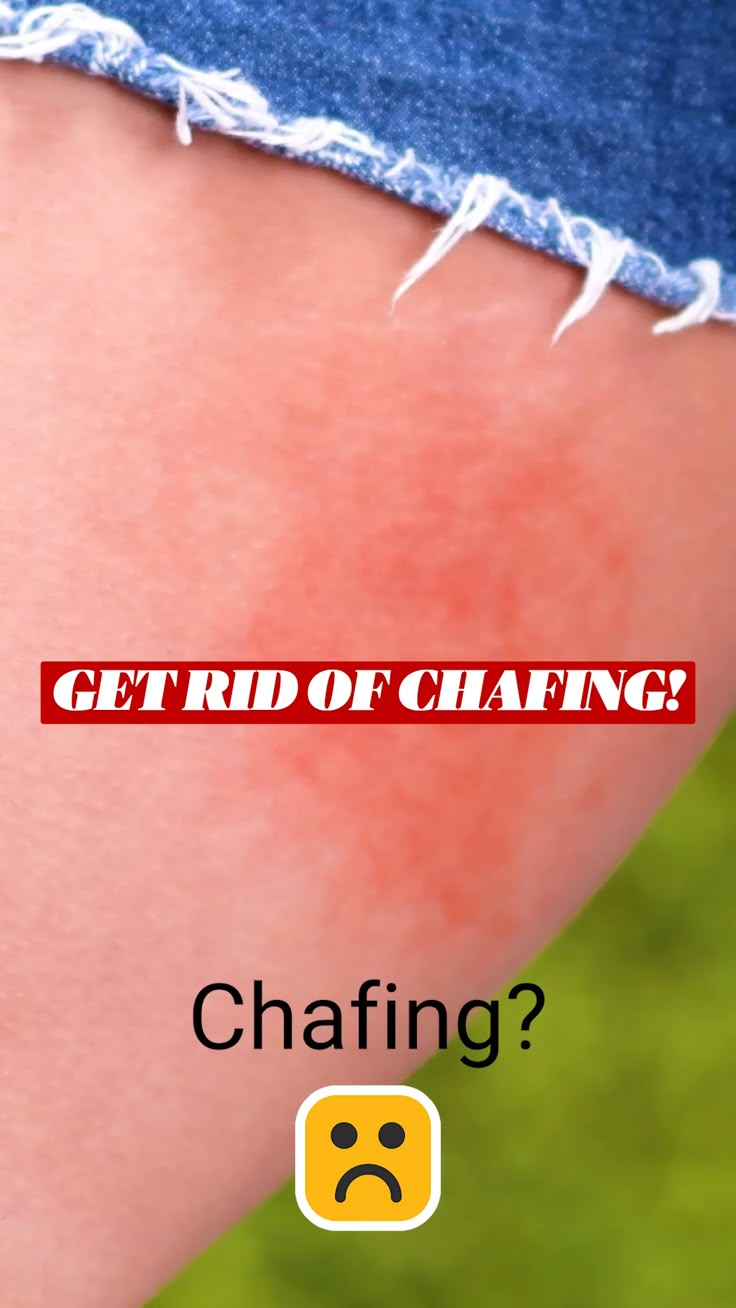

Dealing with the discomfort of chafing during long hikes outdoors is a common problem for many hikers. Whether you’re tackling a challenging trail or simply enjoying a scenic stroll, the friction from your gear or clothing against your skin can lead to painful abrasions. This comprehensive guide will delve into the causes, prevention, and treatment strategies for minimizing or eliminating the discomfort of chafing while you’re enjoying your time outdoors. We will equip you with practical tips, from choosing the right clothing to understanding common techniques. The structure of this guide will include preventative measures, topical treatments, and even considerations for hiking technique and clothing selection.
Understanding Chafing During Long Hikes
The Science of Chafing
“Chafing, or friction burn, occurs when skin rubs against skin, clothing, or other surfaces. This friction creates heat and pressure, leading to irritation, inflammation, and pain. The constant rubbing can cause damage to the top layer of skin. Prolonged friction leads to discomfort, which can significantly impact your hiking experience. On long hikes, this discomfort can affect your performance and enjoyment of nature.”
Recognizing the Signs of Chafing
“Signs of chafing include redness, inflammation, pain, and potential blistering. Pay close attention to areas prone to rubbing, such as the inner thighs, underarms, and the chest. Early detection of chafing is crucial for preventing the problem from escalating and preventing further discomfort.”
Prevention Strategies
Choosing the Right Hiking Gear
“The right hiking gear is your first line of defense against chafing. Prioritize moisture-wicking fabrics that help regulate body temperature and remove moisture from the skin. Look for clothing that fits snugly, but not too tightly, allowing for comfortable movement. Avoid fabrics that cause excessive friction or rubbing.”
Packing Essentials for a Smooth Hike
“Careful packing techniques are essential for optimizing comfort and reducing friction. Use properly fitted backpacks and ensure all straps are adjusted for a comfortable fit, thus minimizing pressure points. Consider using moisture barriers or liners to reduce the friction between your skin and clothing. A well-organized packing list minimizes the chances of items rubbing against one another and creating friction.”
Treating Chafing: Immediate and Long-Term Relief
Immediate Measures for Relief
“When chafing occurs, immediately address it with cold compresses and gentle cleansing. Use mild soaps and water to clean affected areas and avoid harsh chemicals that could further irritate the skin. If blisters form, avoid popping them to prevent infection. Applying a layer of soothing balm or gel can provide temporary relief.”
Long-Term Solutions
“For long-term relief, consider investing in specialized chafing creams or ointments. These products create a protective barrier, reducing friction. Look for products that contain ingredients like aloe vera, shea butter, or zinc oxide, which have soothing properties. Applying these creams before and during your hike can prevent chafing from recurring.”
Optimizing Hiking Technique for Reduced Friction
Adjusting Your Hiking Posture
“A good hiking posture can significantly reduce friction. Focus on maintaining a steady gait to avoid unnecessary shifting or movement. Proper posture helps redistribute body weight, preventing concentrated pressure on any single area. Observe your body mechanics to find postures that naturally relieve pressure and minimize friction.”
Employing Hiking Accessories to Minimize Friction
“Utilizing hiking accessories like padded shorts, or specialized running gear can help lessen the friction between your skin and clothing. Strategically placed padding can cushion sensitive areas, promoting comfort. This is particularly important for sensitive areas like the inner thighs or underarms during prolonged hikes.”
Importance of Hydration for Preventing Chafing
Maintaining Proper Hydration During Hikes
“Proper hydration is essential for preventing chafing. Dehydration can cause the skin to become dry and more prone to friction. Staying adequately hydrated keeps your skin moist, reducing the potential for chafing. Carry a reusable water bottle and make sure to refill it regularly throughout your hike.”
Balancing Electrolyte Intake
“Electrolytes play a vital role in maintaining bodily functions and preventing chafing. Loss of electrolytes during a long hike can result in dehydration, which can further contribute to friction on the skin. Consuming electrolyte-rich drinks or snacks can help you replenish lost electrolytes.”
Frequently Asked Questions
What are the most common causes of chafing during long hikes?
“Chafing during long hikes often stems from friction between the skin and clothing or equipment. This friction can be exacerbated by various factors, including the type of fabric used, the fit of clothing, the amount of moisture and sweat generated during the activity and, importantly, the amount of pressure on the skin. This friction can lead to inflammation, redness, and discomfort. Proper preparation through clothing choice and technique is key to preventing chafing and maintaining comfort throughout your hike.”
What are some preventative measures I can take to avoid chafing?
“Preventative measures are crucial for avoiding chafing during long hikes. First, carefully select moisture-wicking fabrics that effectively draw sweat away from the skin, and choose clothes that fit snugly but not tightly. Using lubricants, like specialized hiking balms and ointments, is also key in preventing discomfort. Ensure you properly pack, especially when it comes to gear like hiking poles or backpacks. Lastly, start slow and maintain your hydration by drinking enough water throughout the hike to keep the skin properly hydrated and reduce friction.”
In conclusion, effectively dealing with chafing during long hikes involves a multi-faceted approach. Prioritize preventative measures like proper clothing selection, meticulous packing, and hydration strategies. If chafing persists, immediately address the discomfort with specialized treatments and consider adjusting your hiking technique. Always listen to your body and don’t hesitate to modify your route or pace if needed. Remember, a comfortable and enjoyable hike is a safe hike. For a deeper dive into these strategies or to learn about advanced solutions, explore our website’s additional resources dedicated to outdoor preparedness.